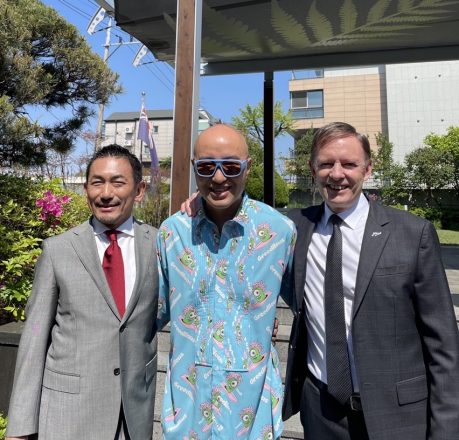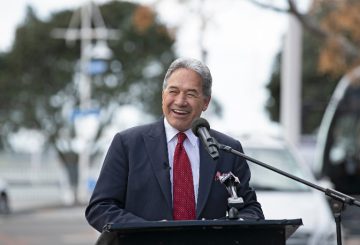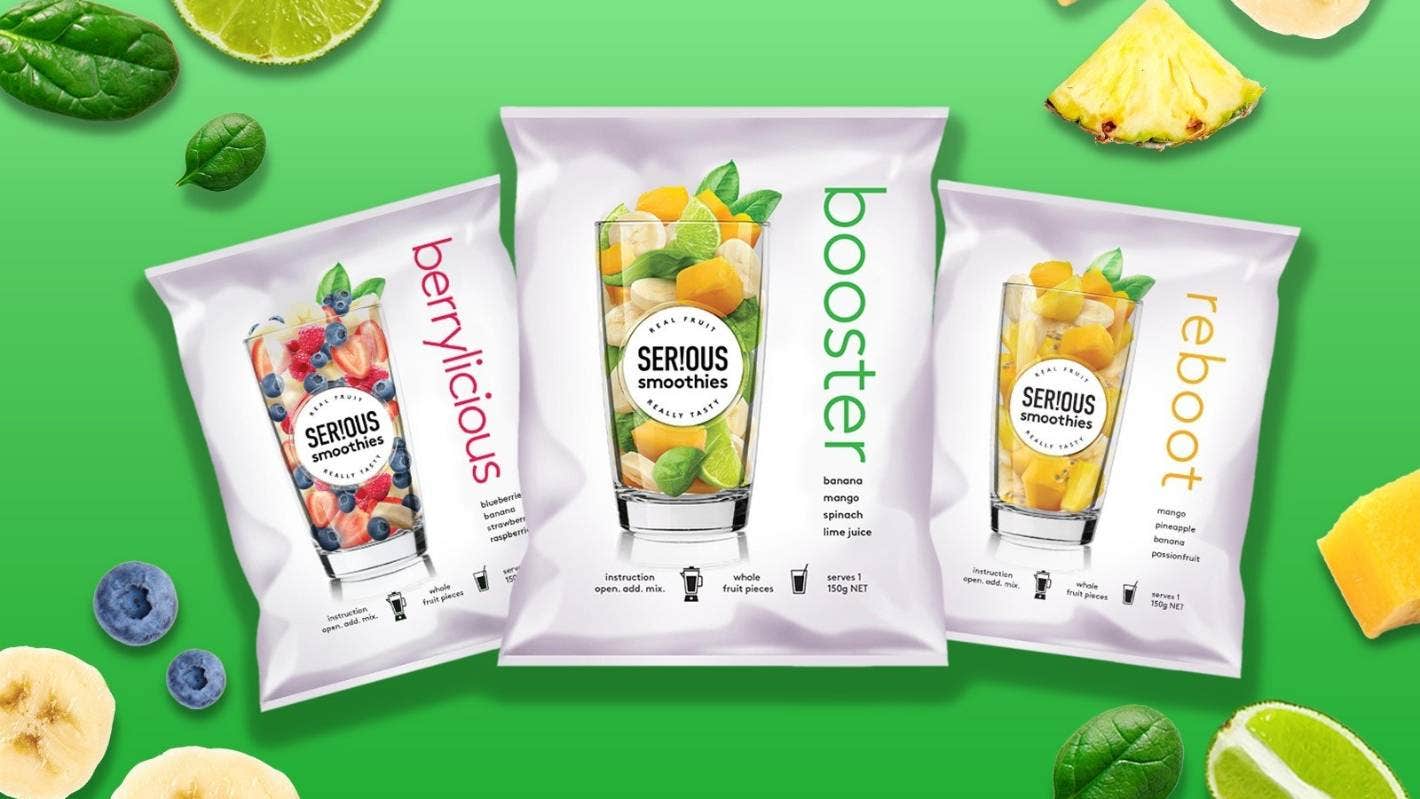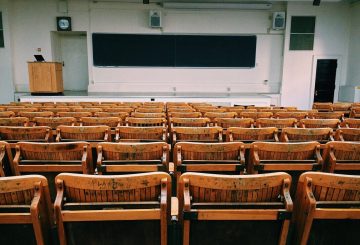新西兰驻韩国大使菲利普·特纳正在引领该国LGBTQ发展。他是韩国第一位拥有官方认可的同性配偶的外交官,也是第一位与同性伴侣会见总统的外交官,也可能是有史以来唯一一位出现在K-pop音乐视频中的外交官。特纳大使与Hongi谈了韩国的多样性以及对LGBTQ群体不断变化的看法。
菲利普说:“韩国是一个相当保守的社会,尤其是在性取向问题上。”
“我们来这里已经四年了,我们几乎不认识任何同性恋或同性恋夫妇。除了直系亲属以外,与任何人吐露都是非常不寻常的,因为这太难了。”
菲利普和他的丈夫希罗石在一起已有 28 年了。他们于2018年菲利普担任大使职务时移居首尔。
“当我第一次到达时,我去青瓦台会见了文在寅总统,参加正式国书仪式。这是你递交(外交)国书和总统接待你的地方 —— 一切都非常正式。
“协议规定大使可以带一名家庭成员。我想 “太棒了 —— 我可以带希罗石去”,然而他们说 “不,你不能”。因为他们不承认同性伴侣之间的婚姻,所以他无法参加仪式。”
因此,菲利普独自出席了仪式。
“但是,代表新西兰,我们对此提出抗议,并表示这种情况需要改变。这当然不是新西兰待客的方式,” 菲利普说,“值得称赞的是,韩国政府改变了主意。我怀疑文总统直接参与了这一决策。”
2019年,希罗石获得了A1签证,这是对应外交官配偶的签证,他是有史以来第一个获得签证的同性配偶。 2019 年,菲利普和希罗石一起回到总统官邸会见文在寅总统,在此过程中创造了历史。
“特别令人欣慰的是,现在至少还有另外三位LGBTQ大使在韩国拥有公认的配偶,还有许多其他外交官能够引入同性伴侣。
“有几个人说’谢谢,如果没有那个决定,我们可能不会在这里’”。我希望这是韩国趋于变得更加多样化和宽容性的一部分。”
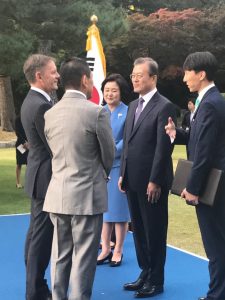
菲利普表示,韩国目前面临的一个挑战是反歧视法案,该法案已提交国民议会两年。该法案类似于新西兰1993年的《人权法》,将禁止包括性别、宗教、种族和性取向在内一系列标准的歧视。
“其中LGBTQ部分在政治上特别敏感,有很多反对意见。
“即使是总统文在寅领导下的进步政府也感到无法推动它通过国民议会。它仍然在这里,但我们会看看新政府会怎么做。”
今年的首尔骄傲节强调了对LGBTQ问题的敏感性。组织者寻求市政府的许可,举办为期一周的活动。虽然他们的申请没有被完全拒绝,但只批准了一天。
“所以,这是一个折衷的决定。这让你知道当局对这个问题的看法有多矛盾,” 菲利普说。
但是,韩国对LGBTQ群体的态度正在发生变化。皮尤研究中心(Pew Research Center)2019年的一项民意调查显示,有44%的韩国受访者赞同同性恋应该被社会接受。2007年,这个数字仅为18%。对这一问题正面回答的增幅超过了同期英国或加拿大。韩国研究有限公司(Korea Research Ltd.)2021年的一项民意调查显示,20多岁和30多岁的女性思想最为进步,该人群中有60%的受访者赞成社会应该接受同性恋、双性恋和性别重新分配。
菲利普说,他在四年的任期内注意到一个变化。
“当我第一次到达时,在游行队伍中,抗议者的人数超过了骄傲人群。今年,我认为情况恰恰相反。骄傲群体的人数比外面的人还多。
“而且我们现在看到韩国各地的骄傲节蓬勃发展,现在大多数省级城市每年都有骄傲活动。”
在2018年仁川市的首次骄傲节中,成千上万的抗议者阻止了游行并对参与者进行了人身骚扰。但是,菲利普说,这种程度的干扰已不常见了。
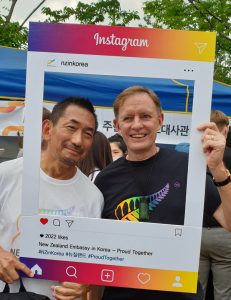
韩国电视上也开始看到更多不同的角色。例如,2020年的热门电视连续剧《梨泰院课》以跨性别和非洲角色为特色。今年, 第一个同性恋约会真人秀《男人的浪漫》, 在韩国电视台播出, 虽然不是在主流频道上。接下来是第二个节目, 《玛丽·酷儿》, 约会同性恋伴侣.
“这已经开始发生了,” 菲利普说,“但我认为没有我们希望的那么多,也没有你在其他国家看到的那么多。”
菲利普和希罗石在倡导接受 LGBTQ 群体方面发挥了作用。在今年的首尔骄傲节活动之前,他们在新西兰官邸举办了招待会,支持多样性、平等和包容。将近200人参加,从政府高级官员到男扮女装者。
今年早些时候,他们在以同性恋为主题的K-pop音乐视频中露面。该视频由标志性的韩国同性恋演员和同性恋权利倡导者洪锡川(也称为 “Top-G”)主演,其中包括菲利普和希罗石在新西兰住宅外牵手跳舞的场景。
菲利普说:“当这个机会出现时,我们自然必须寻求惠灵顿的批准。”
“他们说,’好吧… 那么你想出现在以同性恋为主题的 K-pop 视频中吗?好吧,让我们考虑一下。’”但是,他们非常支持这个项目。
“我们认为这是一个以有趣的方式向当代韩国观众展示现代新西兰对多样性态度的机会。”
菲利普说,在视频发布之前,他们很紧张,但反响非常积极。这引发了许多采访请求,他出现在韩国阿里郎电视台制作的K -pop Con-Tour电视节目中。该节目制作了长达两个小时的以新西兰为主题的节目。
新西兰于2013年将同性婚姻合法化,这是亚太地区第一个这样做的国家。菲利普说,从外部看,新西兰对多元化问题的进步态度受到了好评。
“人们对此非常感兴趣。作为大使馆,我们经常被邀请就这类问题向国民议会、媒体、研讨会发表讲话。我认为人们欣赏新西兰,它有点像开拓者。”
他强调说,新西兰的旅程与韩国现在的旅程非常相似。
“当我第一次加入外交部时,男性同性恋行为在新西兰是非法的… 然后出现了一系列里程碑,包括90年代初的《人权法》和我们自己的全面反歧视立法。这引发了随后的修改,包括《民事婚姻法》(2004年),然后是最终的《同性婚姻法》。在新西兰历史上的每个时刻,这些事情都引起了争议,也有很多反对意见。
在新西兰的历史上,这些事情是有争议的,有很多人反对。
“社会变革并不容易,所有社会都有自己的特点。今天的新西兰绝不是完美的,我们仍然面临许多挑战和问题。
“我们真正能做的就是讲述我们的故事,并希望它能与韩国人目前正在经历的局势有关。但是,在韩国发生的事情是需要韩国人民自己决定的。”
海登·皮科克的文章
观看特纳大使主演的 “K-Pop Star” 音乐视频:

















































